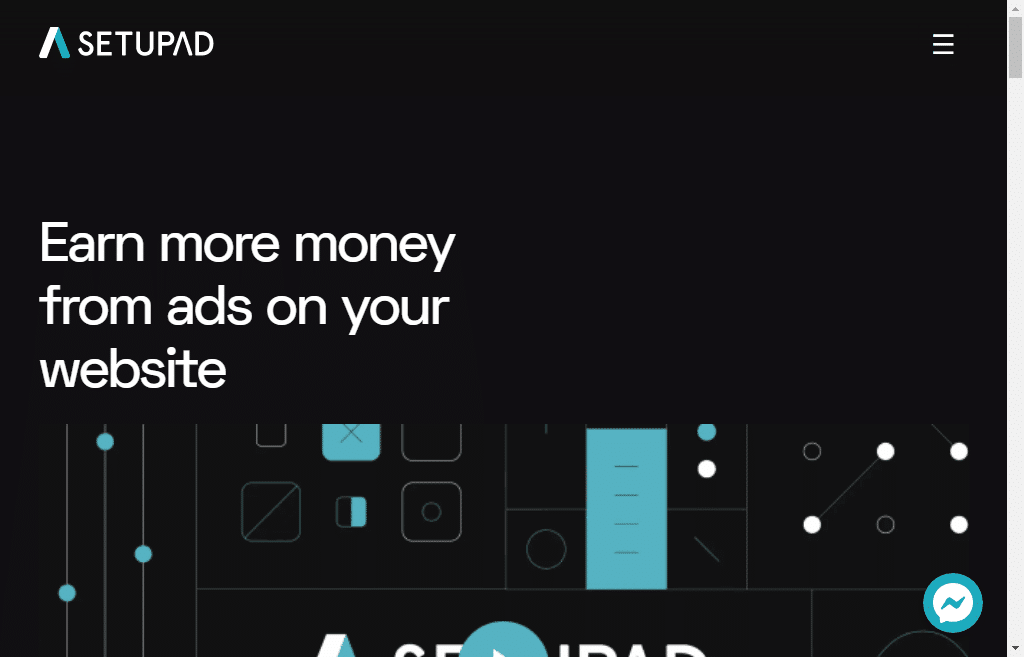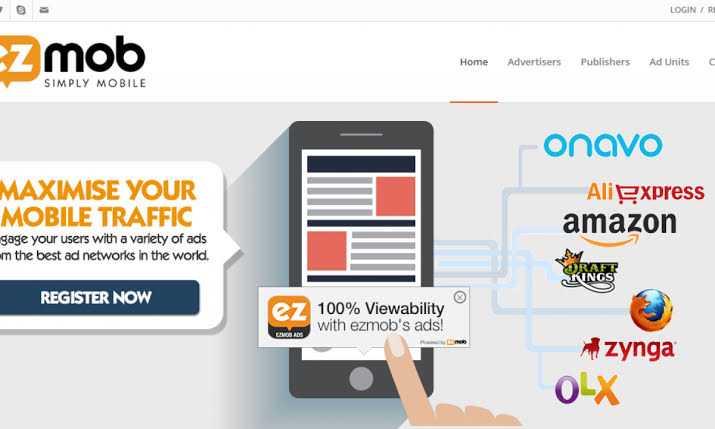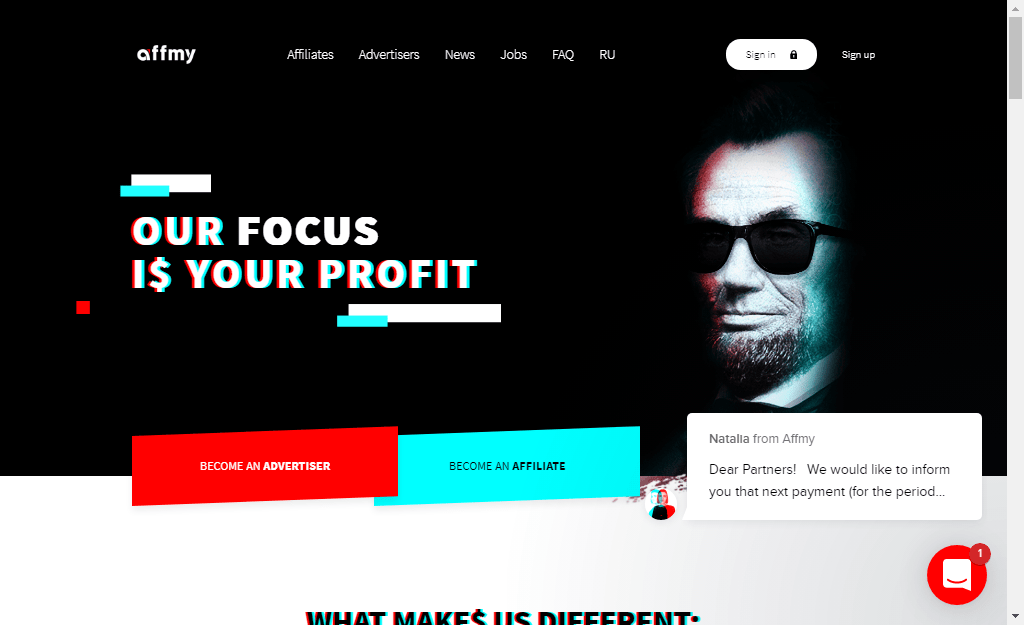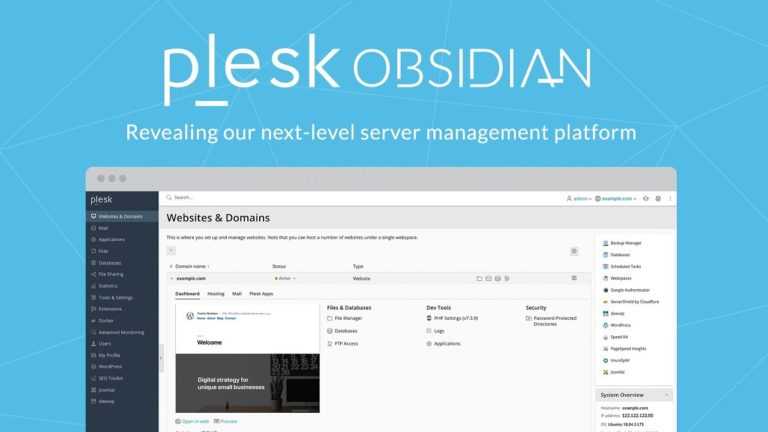Hey everyone, we frequently come across terms like SSP ad Network or DSP ad Network in the advertising world. Many of us are not familiar with these technical terms. Therefore, our goal is to simplify these terms that often confuse many of us.
So, among these technical terms, we will delve into a detailed discussion of the Leading SSP Ad Network in this article. Following the SSP ads Network discussion, we will explore other technical terms shortly. Let’s begin the discussion on the SSP ad Network.
What is SSP Ads Network?

SSP, which stands for Supply-Side Platform or sell-side platform, is a technology that enables web publishers and digital out-of-home (DOOH) media owners to manage their advertising inventory, fill it with ads, and generate revenue.
Let’s start the search for the best and top ad network that provides ads based on SSP technology. Some of the top SSP ad networks are listed below:
Best SSP based Ads Network:
In this section, we have listed the best ad networks that use SSP-based ad technology. Here are some of the top ad networks that utilize SSP-based ad technology:
Setupad:

Setupad is a real-time self-serving CPM-based ad network with over 600 publishers on its board, headquartered in Latvia and founded in 2012. They primarily provide direct supply banner ads to their publishers. Popular ad sizes offered by Setupad include 300×250, 728×90, 300×50, as well as floating and unique ad formats. Presently, they collaborate with over 60 international websites and 16 SSP ad networks.
Pros and Cons of SetupAds:
Pros
- Revenue Optimization:
- Header Bidding: Setupad uses header bidding technology, which allows multiple ad exchanges to bid on inventory simultaneously, often leading to higher CPMs (cost per thousand impressions) and increased revenue for publishers.
- Hybrid Solution: It offers a hybrid setup combining client-side and server-side bidding, aiming to maximize ad revenue and reduce latency.
- Advanced Targeting:
- User Matching: Setupad uses sophisticated algorithms for user matching, which enhances the precision of targeted ads and potentially increases the value of ad inventory.
- High-Quality Demand Partners: By connecting with premium demand partners, publishers can ensure better fill rates and higher-quality ads.
- Easy Integration:
- User-Friendly Interface: The platform provides an easy-to-use interface and comprehensive support to help publishers integrate Setupad into their websites without significant hassle.
- Custom Solutions: Setupad offers tailored solutions that can fit various types of websites, ensuring that different publishers can benefit from their technology.
- Transparent Reporting:
- Detailed Analytics: The platform provides detailed analytics and reporting, helping publishers track performance, understand user behavior, and make informed decisions to optimize ad strategies.
- Transparency: Setupad is known for its transparent reporting practices, allowing publishers to see exactly how their ad revenue is being generated and which partners are performing best.
- Support and Service:
- Dedicated Support: Publishers benefit from dedicated customer support and account management, which can be crucial for resolving issues quickly and effectively.
- Continuous Optimization: The Setupad team continuously monitors and optimizes ad performance, ensuring that publishers get the best possible results.
Cons
- Complexity and Learning Curve:
- Initial Setup: The initial setup process can be complex, especially for publishers who are not familiar with programmatic advertising and header bidding. This may require a significant time investment to understand and implement correctly.
- Ongoing Management: Effective use of Setupad might require ongoing management and adjustments, which could be time-consuming for publishers who do not have dedicated ad operations teams.
- Costs:
- Revenue Share: Setupad operates on a revenue share model, meaning they take a percentage of the ad revenue generated. For some publishers, this cost might seem high compared to the potential revenue uplift.
- Potential Fees: There may be additional costs associated with using certain features or services, which can add up over time.
- Performance Variability:
- Dependent on Traffic: The effectiveness of Setupad can be highly dependent on the amount and type of traffic a publisher receives. Smaller publishers with less traffic might not see as significant a revenue increase compared to larger publishers.
- Ad Quality Concerns: While Setupad aims to partner with high-quality demand sources, there’s always a risk of encountering low-quality ads that could affect user experience and site credibility.
- Technical Issues:
- Latency: Despite efforts to minimize latency through their hybrid setup, the addition of multiple bidders can sometimes lead to increased load times, potentially affecting user experience and site performance.
- Compatibility Issues: Integration with existing ad setups and CMS (content management systems) might lead to compatibility issues, requiring additional technical work to resolve.
- Market Dependence:
- Ad Market Fluctuations: Revenues can be affected by broader market trends in the digital advertising space, which are beyond the control of Setupad or the publisher. Economic downturns, changes in advertiser budgets, and evolving ad policies (e.g., privacy regulations) can impact ad performance.
Ezmob:

Ezmob is an SSP-based ad space buying and selling marketplace founded by Roy Fishman in 2013 in Tel Aviv, Israel. Publishers and advertisers can use Ezmob to buy or sell their ad space, with a primary focus on the mobile platform.
Pros and Cons of EZmob:
Pros
- User-Friendly Interface:
- Ezmob offers an intuitive and easy-to-navigate interface, making it accessible for users with varying levels of technical expertise.
- Targeting Capabilities:
- The platform provides robust targeting options, allowing advertisers to reach specific demographics, geographic locations, device types, and user interests, enhancing the effectiveness of ad campaigns.
- Variety of Ad Formats:
- Ezmob supports multiple ad formats including banner ads, interstitial ads, native ads, and video ads, giving advertisers flexibility in how they present their content to users.
- Real-Time Analytics:
- Users can access real-time analytics and reporting, helping them track the performance of their campaigns, optimize in real-time, and make data-driven decisions.
- Global Reach:
- Ezmob has a wide global reach, allowing advertisers to tap into a broad audience across different regions and markets.
- Dedicated Support:
- The platform offers dedicated customer support to assist users with campaign setup, optimization, and troubleshooting.
Cons
- Cost Considerations:
- Depending on the scale and targeting specifics of the campaigns, costs can add up quickly. Small businesses with limited budgets might find it challenging to sustain long-term campaigns.
- Learning Curve:
- While the interface is user-friendly, there is still a learning curve associated with mastering all the features and optimization techniques to maximize campaign performance.
- Ad Fraud Risks:
- Like other digital advertising platforms, Ezmob is not immune to ad fraud. Advertisers need to be vigilant and use fraud detection tools to mitigate this risk.
- Competition and Ad Saturation:
- The mobile advertising space is highly competitive. Ads can become repetitive for users, leading to ad fatigue and potentially lower engagement rates over time.
- Quality of Traffic:
- The quality of traffic can vary. Ensuring high-quality and relevant traffic may require additional monitoring and optimization efforts.
- Technical Issues:
- Occasional technical glitches or downtimes can affect campaign performance and reporting accuracy, which can be frustrating for users.
Adxad:

Adxad is an SSP focused on ad space buying and selling marketplace. Adxad allows Publishers and Advertisers to buy or sell their ad space, with a main focus on Asia. Toroadvertising, Trafficstars, Zeropark, Exoclick, and other ad Networks are part of Adxad’s supply side.
Pros and Cons of Adxad:
Pros
- Easy Approval Process: Adxad has a relatively straightforward approval process for publishers, making it accessible even for new websites.
- Wide Range of Ad Formats: Adxad supports multiple ad formats including native ads, banner ads, pop-under ads, and push notifications, allowing publishers to choose the most suitable format for their audience.
- Global Coverage: The network offers worldwide coverage, providing access to a broad audience. This is particularly beneficial for advertisers looking to reach a diverse demographic.
- Targeting Options: Adxad provides robust targeting options such as location, language, device type, operating system, and more, enabling advertisers to reach their specific audience effectively.
- 24/7 Support: Both publishers and advertisers have access to 24/7 customer support, ensuring that any issues or queries can be promptly addressed.
- Weekly Payouts: Adxad offers weekly payouts for publishers, which is faster than many other networks that typically pay monthly. This can help improve cash flow for smaller publishers.
- Low Payment Threshold: The network has a low payment threshold, making it easier for publishers to get paid without having to accumulate large amounts.
Cons
- Moderate CPM Rates: While the network does offer CPM (cost per thousand impressions) rates, these are often described as moderate compared to larger networks like Google AdSense.
- Advertiser Control: Advertisers have significant control over whether a website fits their campaign, which can sometimes limit opportunities for publishers if their sites do not meet specific advertiser criteria.
- Limited Plugin Integration: Currently, Adxad does not offer direct plugins for popular platforms like WordPress, which might make integration more cumbersome for some users.
- Competitive Marketplace: Despite its features, Adxad is still a smaller player compared to giants like Google AdSense, meaning it may not always offer the highest earnings or the largest advertiser base.
Trafficshop:

Trafficshop is a US-based publicity ads network for CPM-based ads network. It offers “Push as well as pops Ads, Popads, Banner ads and many more” on the basis of CPC and CPM with a worldwide presence. The important part of the Trafficshop ad network is that they are mainly focused on an ad exchange.
Pros and Cons of Adxad:
Pros
- Wide Range of Ad Formats: Trafficshop supports multiple ad formats, such as banners, popunder, native ads, and rich media, which provides flexibility for advertisers and publishers to choose the most suitable format for their needs.
- Advanced Targeting Options: The platform offers deep targeting capabilities, including geo-targeting, OS targeting, carrier targeting, and niche targeting. This allows advertisers to precisely reach their desired audience.
- Real-time Analytics: Trafficshop provides real-time reporting tools, enabling advertisers to monitor their campaigns closely and adjust strategies promptly based on performance metrics.
- Support for Multiple Payment Methods: The network supports a variety of payment methods, including PayPal, Bitcoin, Paxum, WebMoney, and bank transfers, making it convenient for users from different regions to transact.
- User-friendly Interface: Trafficshop’s platform is known for its intuitive and easy-to-use interface, which simplifies the process of setting up and managing ad campaigns.
Cons
- Support and Stability Issues: Some users have reported issues with the stability of their earnings and the quality of support. There are complaints about delayed payments and unresponsive customer service, which can be frustrating for users.
- Inconsistent Revenue: Publishers have noted that their revenue can fluctuate significantly without clear reasons, which makes income prediction difficult and affects financial planning.
- Potential for Account Issues: There are instances where users have experienced account-related problems, such as difficulties in logging in or changes in campaign settings after updates, which can disrupt the effectiveness of ongoing campaigns.
- Mixed Reviews on Advertiser Quality: While some users find the quality of advertisers and the network’s profitability satisfactory, others have expressed concerns over the inconsistency in the quality of ads and advertisers available on the platform.
AFFmy:

Affmy is a CPA-based Affiliate Network located in Wilmington, established by Affmy LTD in 2010. Affmy primarily provides links to Affiliate Products, Content Locking, CPA, CPS, and various types of Affiliate Earning. Nutracaash is known for offering the best payout terms to Publishers and driving high-quality traffic to web publishers worldwide.
Pros and Cons of AFFmy:
Pros of AFFmy Ads
- Diverse Advertising Formats:
- AFFmy Ads offers various ad formats such as display ads, native ads, pop-ups, and push notifications, allowing advertisers to choose the best format for their campaigns.
- Global Reach:
- The network has a broad reach, connecting advertisers with publishers from different regions, which can help in targeting a global audience.
- Targeting Options:
- Advanced targeting options, including demographic, geographic, and behavioural targeting, help advertisers reach their desired audience more effectively.
- Real-Time Analytics:
- Provides detailed real-time analytics and reporting tools, enabling advertisers to monitor the performance of their campaigns and make necessary adjustments.
- Monetization Opportunities for Publishers:
- Publishers can benefit from various monetization methods, potentially increasing their revenue by leveraging different ad formats and targeting options.
- Support and Assistance:
- Offers dedicated support and account management to help both advertisers and publishers maximize their experience and effectiveness on the platform.
Cons of AFFmy Ads
- Ad Quality Concerns:
- As with many ad networks, there may be issues with ad quality, including the risk of displaying low-quality or intrusive ads that could affect user experience.
- Revenue Variability:
- Publishers might experience variability in revenue due to changes in ad demand, fill rates, and CPMs (cost per thousand impressions).
- Competition:
- High competition among advertisers might lead to higher costs for popular keywords and ad placements, potentially reducing the return on investment (ROI) for some campaigns.
- Compliance and Ad Approval:
- Strict compliance and ad approval processes might delay the launch of campaigns, which can be a drawback for advertisers looking for immediate results.
- Dependency on Traffic Volume:
- For publishers, the ability to generate significant revenue often depends on high traffic volumes, which may not be feasible for smaller websites or those with niche audiences.
- Technical Issues:
- Some users might face technical issues or integration problems, especially if they are not familiar with the platform’s setup and requirements.





